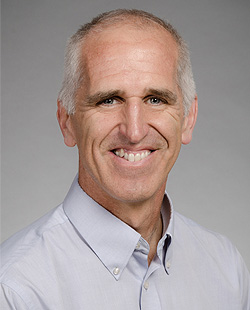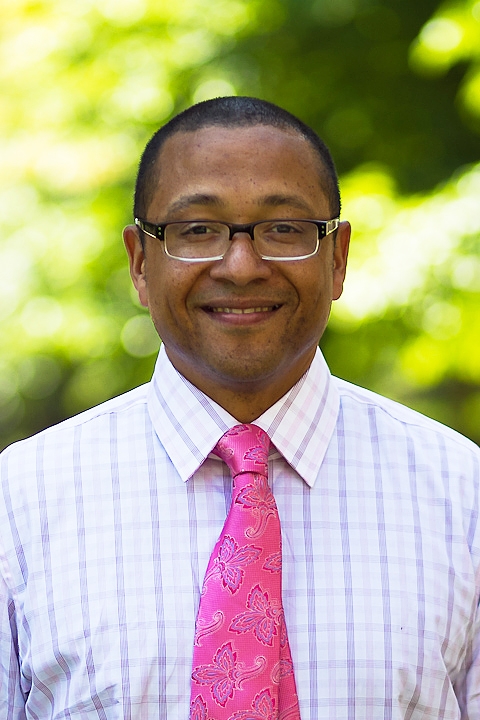

Could your phone discern whether your cough is TB?
Cough. Hack, hack. Ahem. Snort.
Is this cough a sign of tuberculosis? Or COVID-19? Asthma, perhaps?
UW Medicine doctors and University of Washington engineers are trying to develop a smartphone app that can tell the difference.
TB has once again dethroned COVID-19 as the leading cause of infectious disease related death worldwide
Researchers collected over 33,000 coughs from 149 patients with TB and from 46 patients who had other respiratory illnesses.
They then fed audio of the coughs, collected through various microphones, into a machine-learning model called TBscreen, which the researchers had developed.
They found that the app and a smartphone mic predicted which coughs signified active TB at a better rate than more expensive microphones.
Their findings were published Jan. 3 in Science Advances.
“This would be a rapid way of screening who might have TB,” said Dr. Thomas Hawn, one of the researchers and co-director of the UW Medicine’s Center for Emerging and Re-emerging Infectious Diseases. He is also a professor of medicine in the Division of Allergy and Infectious Diseases.
While the cough app is not a definitive diagnosis, it could alert a provider in an office or a field station that further testing may be needed, Hawn noted.
“Working with smartphones and machine learning allowed us to look at cough frequency rather than sound. It is not possible to differentiate TB coughs by just hearing with the human ear,” said lead author Manuja Sharma, a UW doctoral student in electrical and computer engineering.
Study participants were enrolled at the Kenya Medical Research Institute in Nairobi by Dr. Videlis Nduba and his team. Participants sat in a quiet room while their coughs were recorded for two hours. Another group with coughs stemming from other respiratory diseases also had their coughs recorded.
In creating the machine-learning model, researchers used only involuntary coughs, which are quite different from prompted ones, noted Dr. David Horne, senior author of the paper and an associate professor of medicine, Division of Pulmonary, Critical Care and Sleep Medicine, and adjunct associate professor of global health.
Researchers found that the smartphone recording had an 82% accuracy rate, when compared with two microphones, which had an average 70% accuracy rate of predicting TB.
Conventionally, a diagnosis of TB requires a sophisticated clinical laboratory, with steady access to supplies and reliable electricity.
“This new technology could take TB testing into the field and stop its spread,” said Horne.
“Tuberculosis has once again dethroned COVID-19 as the leading cause of infectious disease related death worldwide,” Horne said. He estimated that 10 million people contracted TB and 1.4 million people died from it in 2022.
The World Health Organization said a detection method for TB should have 90% sensitivity. But Horne said the initial results are promising and is confident that that the researchers will meet that standard.
The next step, Horne and Hawn said, is to try to validate the smartphone app’s effectiveness with a larger population sample including control groups to record the distinct coughs of people with diagnoses of COVID-19, COPD, pneumonia and asthma.
“I think the main takeaway is that a TB cough does have a distinct signature, and that is not trivial,” Hawn added.
This work was supported by National Institute of Allergy and Infectious Diseases grants (1R01AI150815, D43 TW011817 and K24AI137310).